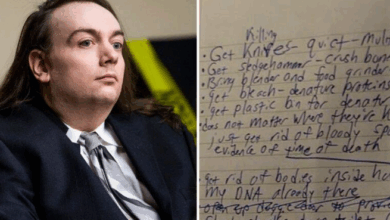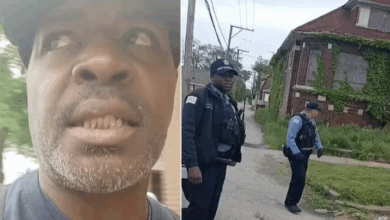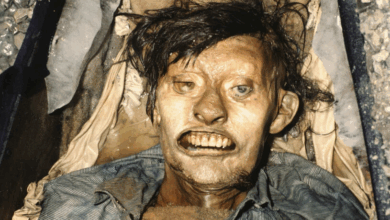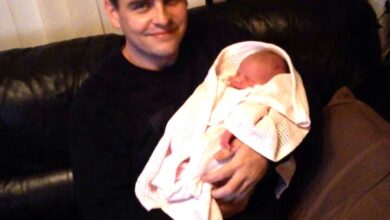A Tragic Tale of a Child Killer
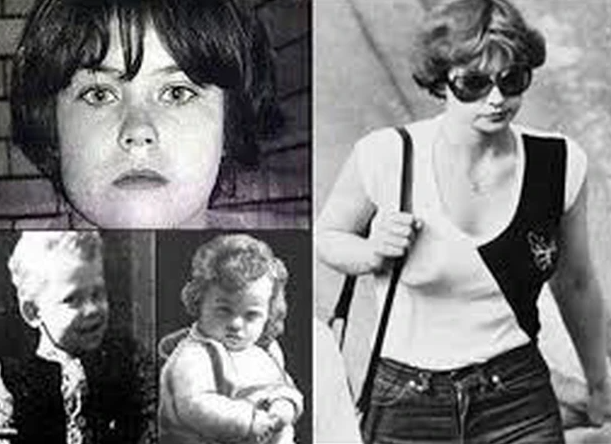
The Mary Bell Case (England, 1968): A Tragic Tale of a Child Killer
Introduction
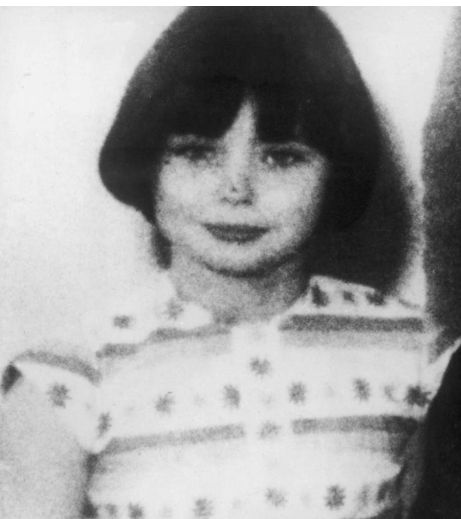
The murder case involving Mary Bell in 1968 remains one of the most disturbing and controversial in British criminal history. At just 11 years old, Mary was convicted of killing two young boys in Newcastle upon Tyne. The story of Mary Bell is not only chilling because of her age and the brutality of the crimes but also because it raises fundamental questions about nature versus nurture, criminal responsibility in children, and how society should deal with young offenders. This case has since become a significant subject in criminology, psychology, and legal studies.
Early Life of Mary Bell
Mary Flora Bell was born on May 26, 1957, in the working-class area of Scotswood, Newcastle upon Tyne. From birth, Mary’s life was mired in dysfunction, neglect, and alleged abuse. Her mother, Betty Bell, was a sex worker known for her erratic behavior and involvement in petty crime. She was reportedly addicted to drugs and often disappeared for days, leaving Mary alone or in the care of questionable guardians.
There
Early Life of Mary Bell
Mary Flora Bell was born on May 26, 1957, in the working-class area of Scotswood, Newcastle upon Tyne. From birth, Mary’s life was mired in dysfunction, neglect, and alleged abuse. Her mother, Betty Bell, was a sex worker known for her erratic behavior and involvement in petty crime. She was reportedly addicted to drugs and often disappeared for days, leaving Mary alone or in the care of questionable guardians.
There were repeated allegations that Betty had tried to kill Mary during infancy—once by attempting to overdose her on sleeping pills and another time by throwing her out of a window. These claims were never formally confirmed but were supported by testimony from relatives and neighbors.
Mary’s upbringing was riddled with emotional and possibly sexual abuse. Some sources allege that Betty forced her daughter to participate in sexual acts with adult clients from a very young age. Growing up in an environment devoid of love, safety, or stability, Mary began to exhibit signs of deep psychological trauma. Neighbors reported that she would often act violently toward animals and other children, and she once strangled a friend’s cat for no apparent reason.
At school, Mary was a bright but deeply disturbed child. Teachers noted her intelligence but also her disruptive behavior, manipulative tendencies, and lack of empathy. She was known to lie frequently and had a fascination with death and injury, often drawing disturbing images or acting out scenes of violence during play.
were repeated allegations that Betty had tried to kill Mary during infancy—once by attempting to overdose her on sleeping pills and another time by throwing her out of a window. These claims were never formally confirmed but were supported by testimony from relatives and neighbors.
Mary’s upbringing was riddled with emotional and possibly sexual abuse. Some sources allege that Betty forced her daughter to participate in sexual acts with adult clients from a very young age. Growing up in an environment devoid of love, safety, or stability, Mary began to exhibit signs of deep psychological trauma. Neighbors reported that she would often act violently toward animals and other children, and she once strangled a friend’s cat for no apparent reason.
At school, Mary was a bright but deeply disturbed child. Teachers noted her intelligence but also her disruptive behavior, manipulative tendencies, and lack of empathy. She was known to lie frequently and had a fascination with death and injury, often drawing disturbing images or acting out scenes of violence during play.
The First Murder: Martin Brown
On May 25, 1968, the day before Mary turned 11, four-year-old Martin Brown was found dead in a derelict house in the Scotswood area. His body was discovered by two young boys playing in the abandoned property. At first, police and medical examiners were puzzled. There were no visible signs of injury or struggle. Due to the lack of evidence, the death was initially ruled an accident—possibly caused by ingesting pills found at the scene.
However, strange things began to happen soon after Martin’s death. A few days later, Mary Bell and her friend Norma Bell (no relation) broke into a nursery school. They left behind a series of chilling notes confessing to the murder. The graffiti included phrases such as “I murder so that I may come back” and “We did murder Martin Brown, fuck off, bastards.” Although the police were aware of the break-in, the messages were initially dismissed as a childish prank.
Despite the warnings, the case remained officially unsolved, and the community mourned the tragic loss of a young boy believed to have died by accident.

The Second Murder: Brian Howe
On July 31, 1968, just over two months after Martin’s death, three-year-old Brian Howe disappeared while playing outside near his home in Scotswood. A massive search was launched, and his body was discovered later that evening in a wasteland area near the neighborhood.
This time, the circumstances were far more brutal and left no doubt that a deliberate act of violence had occurred. Brian had been strangled, and his body showed clear signs of mutilation. A pair of scissors had been used to cut his hair and scratch his thighs. Perhaps most horrifyingly, the letter “M” was carved into his abdomen—likely a twisted signature from the killer.
This act of escalation, both in violence and symbolism, indicated a disturbed and calculating mind behind the murder.
Investigation and Suspicion
The murder of Brian Howe sent shockwaves through the community. The police, realizing the killing could not have been accidental, began to question children in the area. Mary Bell quickly attracted attention due to her odd behavior. She had been seen with Brian shortly before his disappearance and had asked Brian’s sister provocative questions about whether she missed her brother. During the police search, she had also shown an unusual interest in the crime scene, volunteering details that had not yet been released to the public.
Norma Bell, under pressure during police interrogation, eventually confessed. She implicated Mary as the one who carried out the actual killings. While Norma portrayed herself as an unwilling observer, Mary maintained an air of cold defiance, at times smirking or appearing proud when questioned about the murders.
Police found further damning evidence, including Mary’s notebook filled with disturbing drawings and confessions. One page described how Martin Brown had died, revealing details only the killer could have known.
Trial and Conviction
Mary and Norma were charged with two counts of murder and brought to trial in December 1968 at Newcastle Assizes. The trial drew national attention and was attended by leading psychiatrists and psychologists.
During the proceedings, the defense argued that Mary suffered from severe personality disorders, stemming from years of abuse and neglect. Experts described her as exhibiting signs of psychopathy, including a lack of empathy, superficial charm, manipulativeness, and an obsession with control and power.
Norma Bell was portrayed as less intelligent and emotionally unstable but not inherently violent. Her defense succeeded in convincing the jury of her vulnerability and lack of direct involvement in the killings.
Ultimately, the jury found Mary Bell guilty of manslaughter on the grounds of diminished responsibility, a legal term used when the defendant’s mental condition impairs their ability to understand or control their actions. Norma Bell was acquitted of all charges.
Mary was sentenced to “detention at Her Majesty’s pleasure,” meaning she would be imprisoned indefinitely, with the length of her confinement determined by the state based on assessments of her rehabilitation.
Incarceration and Release
Mary Bell was initially sent to Red Bank secure unit in Lancashire, one of the few institutions in Britain equipped to handle such a young and dangerous offender. Over the years, she was moved between various facilities, including adult prisons and psychiatric hospitals. While in custody, she reportedly made efforts to better herself, receiving education and therapy.
Mary was released from prison in 1980 at the age of 23, after serving 12 years. Upon her release, she was granted a new identity to protect her privacy and safety. She attempted to build a new life, and later had a daughter of her own, who was unaware of her mother’s past until the press discovered her identity in 1998.
Anonymity and Legal Protections
In 2003, Mary Bell successfully applied for a lifelong anonymity order, preventing the media or public from disclosing her new identity or whereabouts. The same protection was extended to her daughter.
The legal measure was controversial, with some members of the public and families of the victims arguing that someone who committed such heinous acts should not be shielded from scrutiny. Others defended the ruling, asserting that Mary had paid her debt to society and deserved the chance to rehabilitate in peace.
Legacy and Ethical Questions
The Mary Bell case continues to be the subject of debate and analysis in various fields, including criminology, psychology, and law. It raises difficult ethical questions:
-
Can a child truly comprehend the gravity of murder?
-
Should children who commit such crimes be treated as adults by the justice system?
-
What role does environment, abuse, and upbringing play in shaping a child into a killer?
-
Is full rehabilitation and reintegration into society truly possible?
One of the most notable explorations of Mary Bell’s story is the book “Cries Unheard” (1998) by journalist Gitta Sereny. The book, written with Mary’s cooperation, delves into her childhood, the crimes, and her life post-release. It stirred considerable controversy, especially because Mary received a portion of the proceeds—though it also provided rare insight into the mind of a child killer and the long-term impact of trauma.
Conclusion
The Mary Bell case is both a horrifying tragedy and a cautionary tale. It underscores how a combination of neglect, abuse, and psychological disturbance can lead to unimaginable acts, even by a child. While her actions were monstrous, the circumstances that shaped her were equally tragic.
Today, Mary Bell lives under complete anonymity, somewhere in the UK. The families of Martin Brown and Brian Howe continue to mourn, while the legal and psychological communities continue to grapple with the legacy of one of the youngest female killers in modern history.

